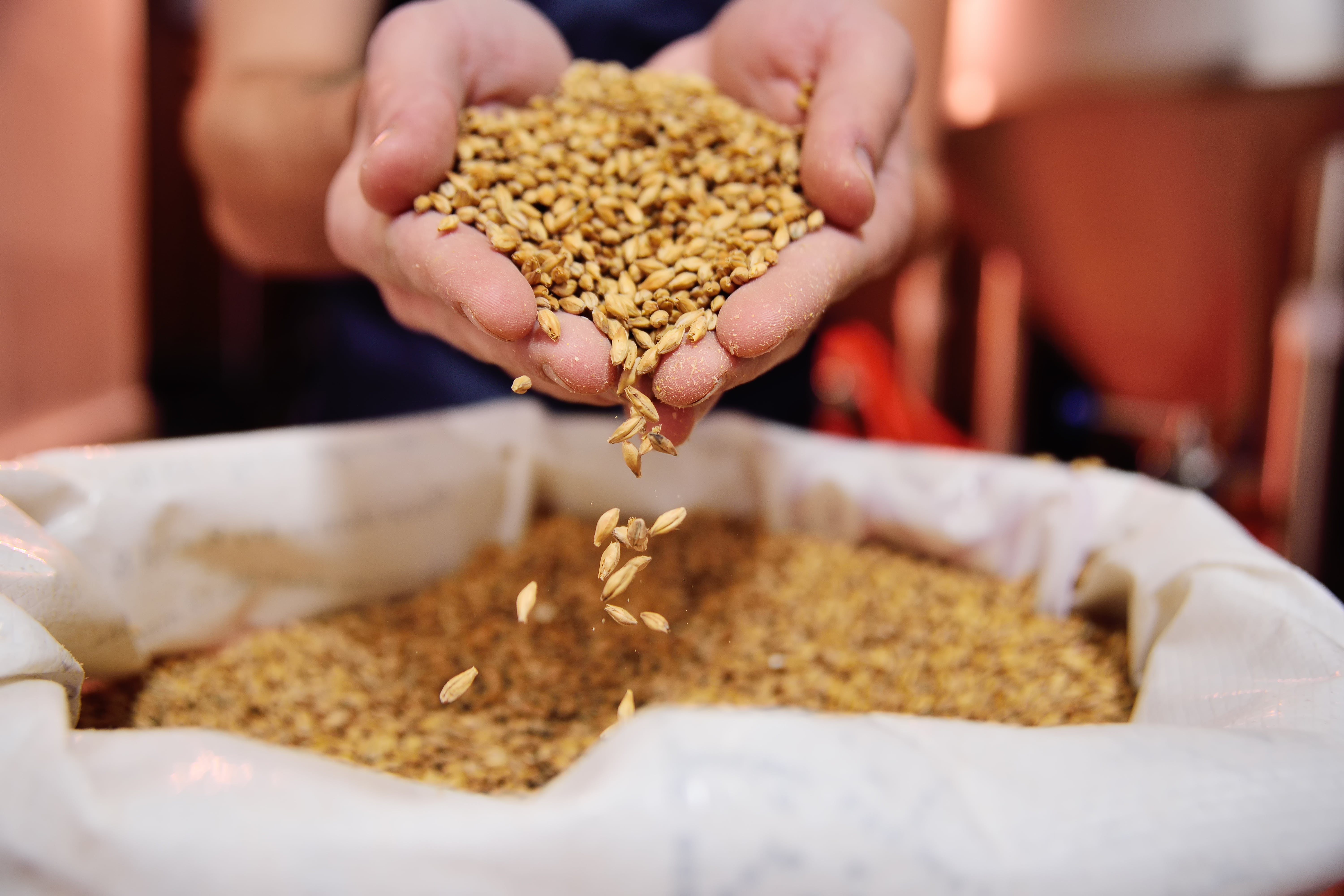

Drinking locally has not only been trending for years, it has become an integral part of the craft beverage industry. Supporting local makers is good for building a community, helping the environment, and part of what has made craft beverages so successful. But, while the drink in your glass is made local, many of the ingredients in it are not. That’s where craft malting comes in.
Malt is a fundamental part of both the brewing and distilling processes. Those precious grains create a huge variety of flavors and aromas, determine alcohol content, and even the mouthfeel of our beverage.
In recent years, there have been a growing number of small, independent craft maltsters that are making big waves in the industry. These maltsters shed light on an often overlooked aspect of the craft beverage process, and bring it all a little closer to home.
The Malting Process
Before diving into the details of craft malt, let’s start at the beginning. Malting is just as much of an art form as brewing or distilling. Many factors can change the ultimate flavor and consistency of malt, and special care must be taken throughout the four-part process.
Steeping - Grains alternate between being soaked in water and oxygen rests to kick start the germination process. This helps to increase the moisture content and create necessary enzymes to be converted into sugars later.
Germination - Rootlets grow from the grain kernels and they are delicately rotated between gentle sprays of water and calculated airflow. This step is crucial for creating a consistent batch of malt.
Kilning - The grains are heat treated to prevent them from further germination. This captures the starch within the kernel for later use with brewing or distilling.
Roasting - Dried grains are roasted to reach desired aromas and flavors. This final step also determines the color of the malt.
What Is Craft Malt?
The essence of craft malt is all about acknowledging where ingredients come from and using grains that are local and characteristics of their regions. The most important thing is where they get their grains.
The North American Craft Maltsters Guild currently has close to 70 registered craft maltsters between the US and Canada. They define craft malt as small, local, and independent. Here are the specifics on what that means:
• Production is between 5-10,000 metric tons per year
• Over 50% of grains are sources from fields within a 500-mile radius
Sustainability plays a large part of what makes craft malt so intriguing to brewers and distillers. Let’s be honest, the beverage industry isn’t known for being the most environmentally friendly. When malt is produced locally, it helps to decrease emissions from the entire process. Many craft maltsters find farmers that use more progressive techniques, such as crop rotation, alternatives to pesticide use, and preparing the land for the grains.
There are several other things that make craft malt a great choice, such as taste and storytelling. Craft malt is generally fresher than “big malt,” meaning that is more flavorful and aromatic. Many craft maltsters have a close connecting with the farmers that grow their grains and that connection creates more opportunity to grow new varieties with flavors not yet seen in the industry. Plus, when brewers and distillers have a close relationship with their maltsters, they get to be more involved in the process, thus understanding their own product that much more.
There’s a lot of room for craft malt to grow in the craft beverage industry. At the very least, craft malt is showing us that grains and malt are important ingredients that should have more recognition. We’re here for it and are excited to see where it goes.
